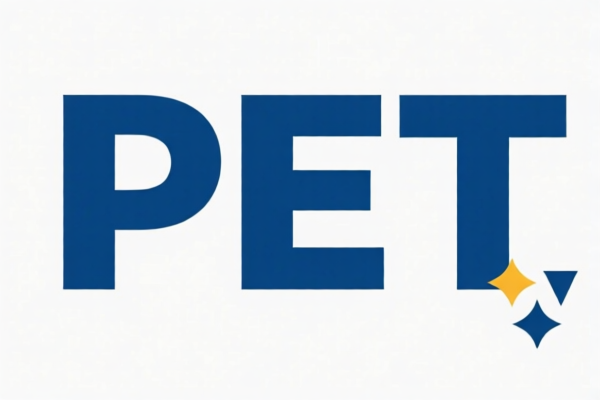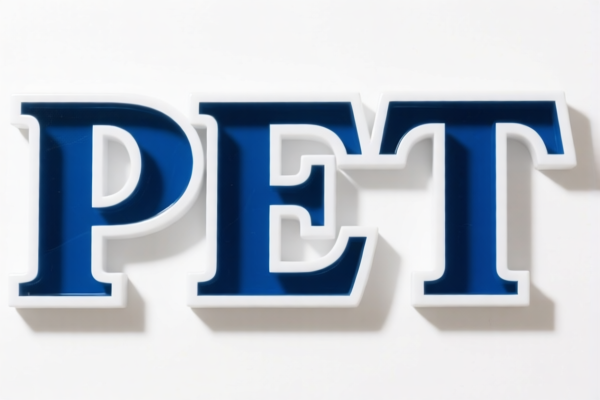| HS Code | Official Doc | Tariff Rate | Origin | Destination | Effective Date |
|---|---|---|---|---|---|
| 8302423065 | Doc | 66.4% | CN | US | 2025-05-12 |
| 3901909000 | Doc | 61.5% | CN | US | 2025-05-12 |




HS Code Analysis for "PET DOOR" Components – A Comprehensive Guide
This document details the HS code classifications and associated tariffs for the components identified for your "PET DOOR" product, based on the provided information. We'll break down each HS code, explain its meaning, and outline potential implications for import.
Important Note: The accuracy of this analysis relies heavily on the precise material composition and intended use of each component. Please review this information carefully and confirm it aligns with your specific product details.
1. HS Code: 8302.42.30.65 – Base Metal Mountings, Fittings & Similar Articles (Suitable for Furniture, Doors etc.)
- Chapter 83: Metal furnishings; base metal lamps; signplates, nameplates, address plates and similar articles; base metal fittings for furniture, doors, staircases, windows, blinds, coachwork, saddlery, trunks, chests, caskets or the like; castors with mountings of base metal; automatic door closers of base metal; and base metal parts thereof. This chapter broadly covers hardware and fittings.
- 8302: Mountings, fittings and similar articles suitable for furniture, doors, staircases, windows, blinds, coachwork, saddlery, trunks, chests, caskets or the like; base metal hat racks, hat-pegs, brackets and similar fixtures.
- 8302.42: Other mountings, fittings and similar articles, and parts thereof, suitable for furniture.
- 8302.42.30: Of iron or steel, of aluminum or of zinc. This specifies the material composition.
- 8302.42.30.65: Other. This is a further sub-categorization within the iron, steel, aluminum, or zinc category.
Implications:
- Material Focus: This HS code suggests the component is a mounting, fitting, or similar article made of iron, steel, aluminum, or zinc, specifically designed for furniture (in this case, the pet door).
- Tariff:
- Basic Duty: 3.9%
- Additional Duty: 7.5% (currently)
- Post April 2nd, 2025: Additional Duty increases to 30% for steel and aluminum products.
- Total Tax: 66.4%
- Important Considerations:
- Material Verification: Crucially, confirm the exact material composition of this component. Even a small percentage of a different metal can shift the HS code.
- Functionality: Ensure the component's primary function is indeed as a mounting, fitting, or similar article.
- Single Piece vs. Assembly: If this is part of a larger assembly, consider if it qualifies for a different classification.
2. HS Code: 3901.90.90.00 – Polymers of Ethylene, in Primary Forms
- Chapter 39: Plastics and articles thereof. This chapter covers a wide range of plastic materials.
- 3901: Polymers of ethylene, in primary forms. This focuses specifically on polyethylene (PE) in its raw or semi-processed state (e.g., granules, pellets).
- 3901.90: Other. This indicates a polyethylene type not specifically listed elsewhere in the code.
- 3901.90.90: Other. This is a further sub-categorization within the "other" polyethylene category.
- 3901.90.90.00: This is the final, most specific classification.
Implications:
- Material Focus: This HS code indicates the component is made of polyethylene plastic in its primary form. This suggests it's likely a raw material used in the manufacturing of the pet door (e.g., the plastic frame or flap).
- Tariff:
- Basic Duty: 6.5%
- Additional Duty: 25.0% (currently)
- Post April 2nd, 2025: Additional Duty increases to 30%.
- Total Tax: 61.5%
- Important Considerations:
- Polyethylene Type: Confirm the specific type of polyethylene used (e.g., HDPE, LDPE, LLDPE). Different types may have different classifications.
- Form: Ensure the material is indeed in primary forms (granules, pellets, powder). If it's been processed into a specific shape, a different HS code may apply.
- Additives: The presence of significant additives can also affect the HS code.
Recommendations & Next Steps:
- Material Confirmation: The most critical step is to verify the exact material composition of each component. Obtain detailed specifications from your supplier.
- Intended Use: Clearly define the intended use of each component within the final "PET DOOR" product.
- Sample Review: Consider submitting samples of each component to customs authorities for a binding classification ruling. This is the most reliable way to ensure accurate tariff application.
- Post-April 2nd, 2025 Planning: Factor in the increased additional duties for steel and aluminum products when planning your import strategy after April 2nd, 2025.
- Certification: Depending on the final product's intended market, you may need to obtain specific certifications (e.g., safety standards, material compliance). Please research the requirements for your target import country.
Disclaimer: This analysis is based on the information provided and is for general guidance only. Customs regulations are complex and subject to change. It is recommended to consult with a qualified customs broker or consultant for specific advice tailored to your situation.
Customer Reviews
The post-April 2025 duty increase note was useful, but I wish there was a summary table for the tariff rates. Still, the information was thorough and helpful.
I appreciate the detailed explanation of the material requirements for each HS code. It helped me understand why verifying the exact composition of components is so important.
The breakdown of the 3901909000 HS Code for polyethylene was helpful. I now know the tariff rate is 61.5%, which is important for my export planning.
The HS Code 8302423065 details were very clear, and the explanation of the 66.4% tariff rate made it easy to understand the costs involved for exporting pet doors to the US.